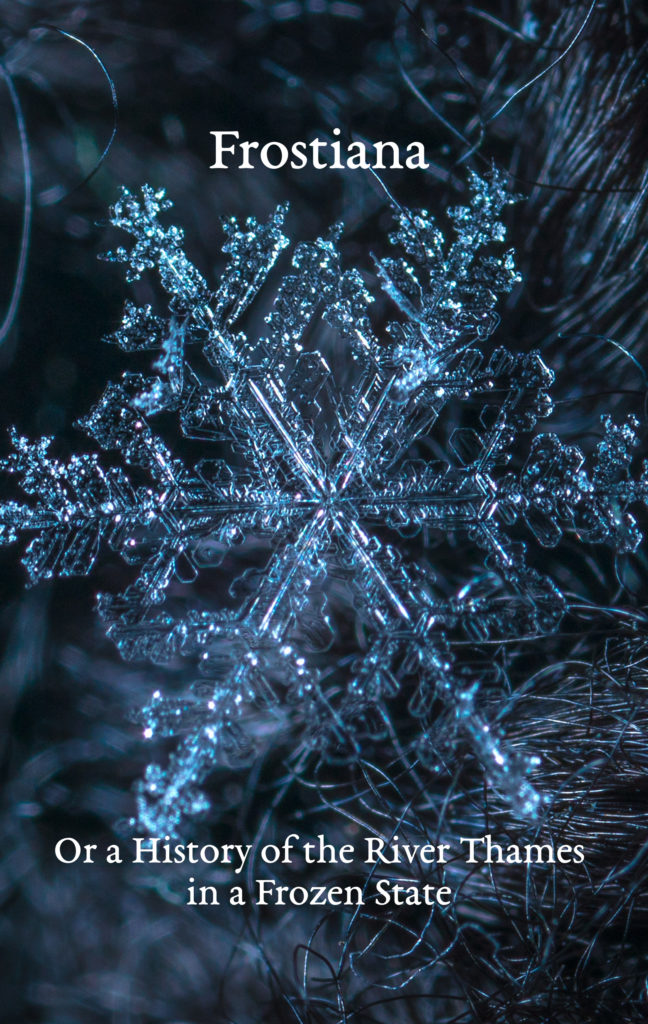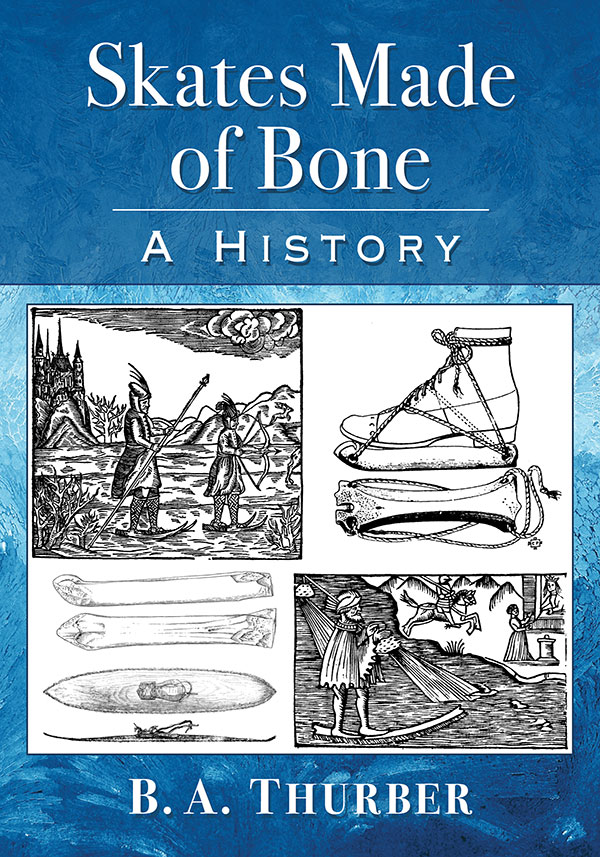Ryan Stevens, who writes the Skate Guard blog, has taken on the gargantuan task of making sense of all the books on figure skating published in the last century and a quarter by continuing F. W. Foster’s 1898 Bibliography of Skating. It’s a job worth doing and Stevens is to be commended for taking it on.
The bulk of the text (pp. 14–249) consists of a list divided into 15 sections: General (very long), Skating History (65 entries), Shows and Tours (14 entries), Skating Clubs (38 entries), Skating in Art (7 entries), The Science of Skating (8 entries), Skating in the Media (6 entries), LGBTQ+ Skating (8 entries), Academia (13 entries), Cooking (4 entries), Fashion (21 entries), Fiction (a paragraph of generalities with a few specific book recommendations), Biographies (very long), Newspapers (16 entries, mainly web archives), and Periodicals (many entries). Rulebooks and other official publications are excluded.
The General section contains over 400 entries. Each includes the book’s title, author, and year. Many entries feature a brief note mentioning a book’s focus or language. Most are in English, but many other languages are represented as well. They are listed in chronological order, which highlights the shift from books on skating technique to very specialized books and eventually to books aimed at spectators rather than skaters as the sport’s general appeal grew.
The other extremely long section is the list of biographies. This section is organized by skater (alphabetized by first name) instead of date, making it possible to find favorite skaters easily. This format gives an overview of each skater’s popularity. Yuzuru Hanyu wins that competition with 36 entries, all in Japanese.
Given the incredibly large number of skating books published, a complete bibliography is impossible, and Stevens does not claim to have listed every book published between 1899 and 2023. However, a few omissions are puzzling. Henry C. Lowther’s Principle of Skating Turns and Combined Figure-Skating are included, as is the omnibus English Skating in Three Parts; but the first part, Edges and Striking, is missing. D’Este Stock’s The Figure Skate (1954) is included twice (under General, with the author given as “Clarence Stock Sidney D’Este” and under Science, with the author correctly listed as “C. S. D’Este Stock”) but H. E. Vandervell’s book published under the same title in 1901 is absent. Also missing is James R. Hines’ Historical Dictionary of Figure Skating, though his other books are included.
Minor typographical errors are scattered throughout; for example, Lowther’s Principle is listed as “Principles,” and Three Parts is listed as “Three Parks”. However, my main criticism is about layout. The pdf I read does not look like it was professionally produced. There are infelicitous pagebreaks in the middle of entries, and a few pages are blank except for a heading. These issues may have to do with format I read the book in; I hope the print version has an improved layout.
Overall, it’s a good list of books that will certainly be of interest to figure skating enthusiasts. The formatting issues don’t interfere with its functionality.
[Full disclosure: I received a pdf version of this book in exchange for an honest review.]
References
C. S. d’Este Stock. 1954. The Figure Skate: A Research into Dimensions and their Effects upon Performance with a Consideration of Penetrations into Ice and the Pressure upon It. Folkstone, Kent: A. Stace & Sons.
Fred. W. Foster. 1898. A Bibliography of Skating. London: Warburst.
James R. Hines. 2011. A Historical Dictionary of Figure Skating. Lanham, MD: Scarecrow Press.
Henry C. Lowther. 1900. Principle of Skating Turns. London: H. Cox.
Henry C. Lowther. 1902. Combined Figure-Skating. London: H. Cox.
Henry C. Lowther. 1902. Edges and Striking. London: H. Cox.
Henry C. Lowther. 1902. English Skating in Three Parts. London: H. Cox.
Ryan Stevens. 2023. A Bibliography of Figure Skating 1899–2023: The International Guide to Reading about the World’s Most Exciting Sport. Independently published. ISBN 979-8373971102 (paperback), 979-8373987363 (hardcover); also available on Kindle.
H. E. Vandervell. 1901. The Figure Skate: A Research into the Form of Blade Best Adapted to Curvilinear Skating. London: Straker Brothers.











